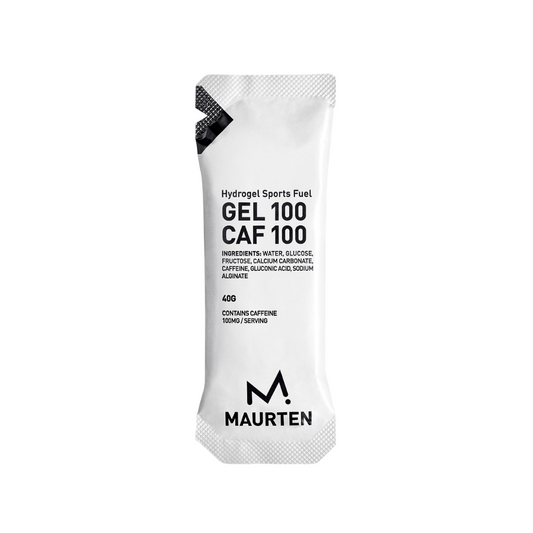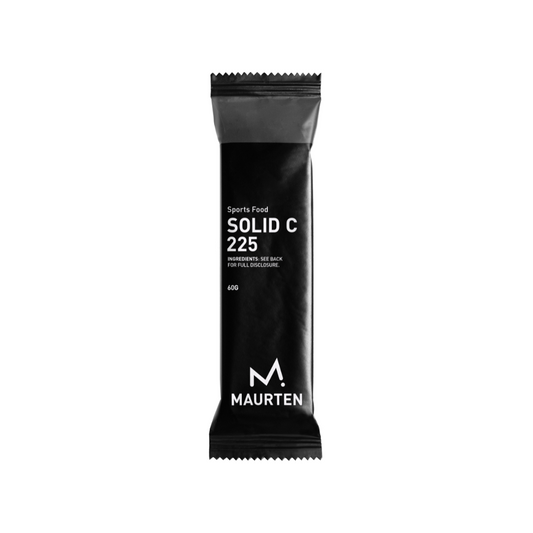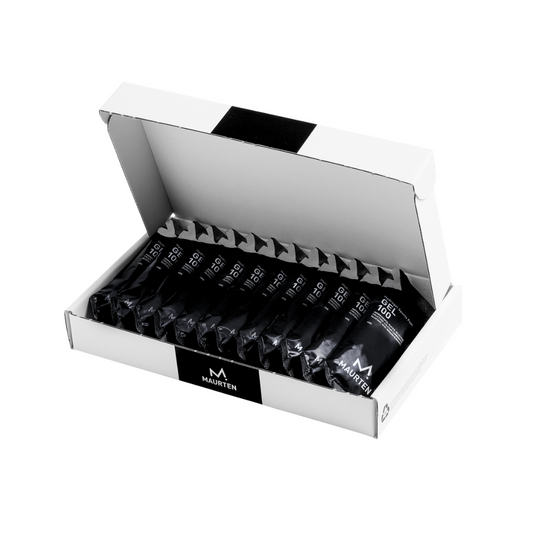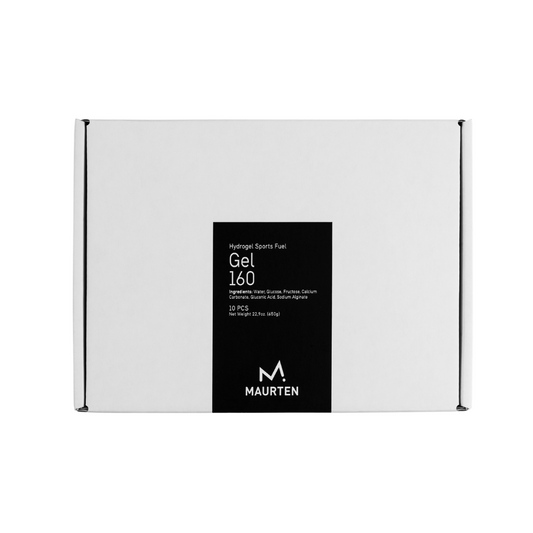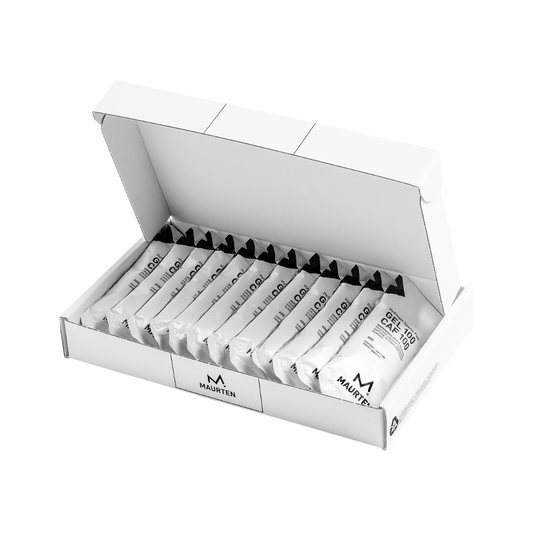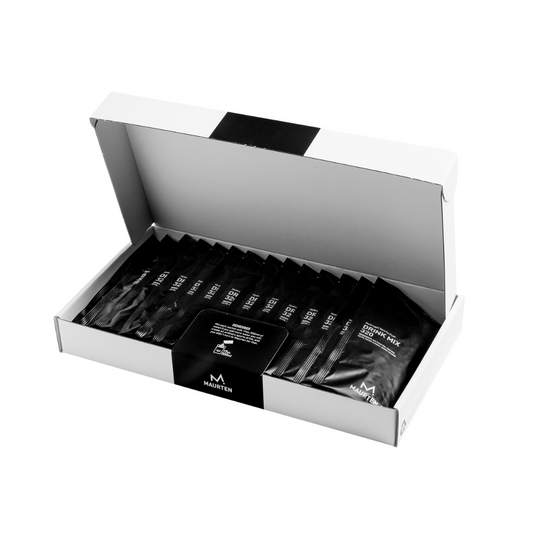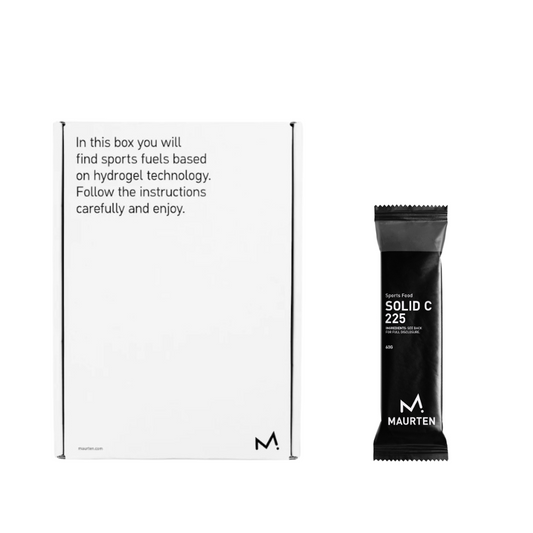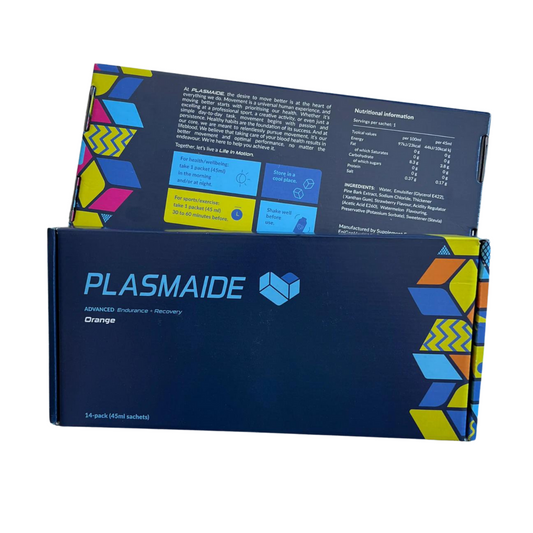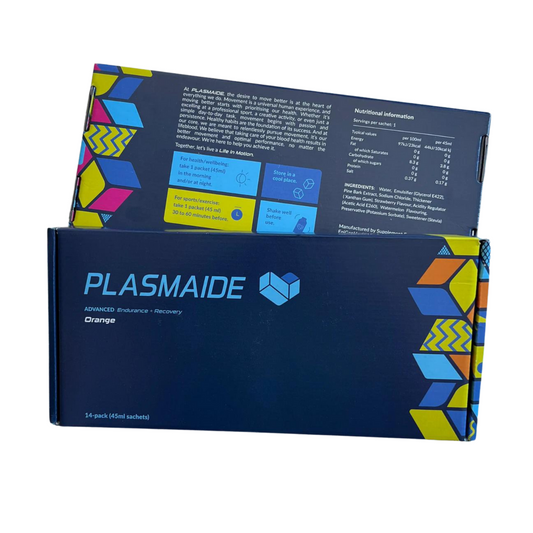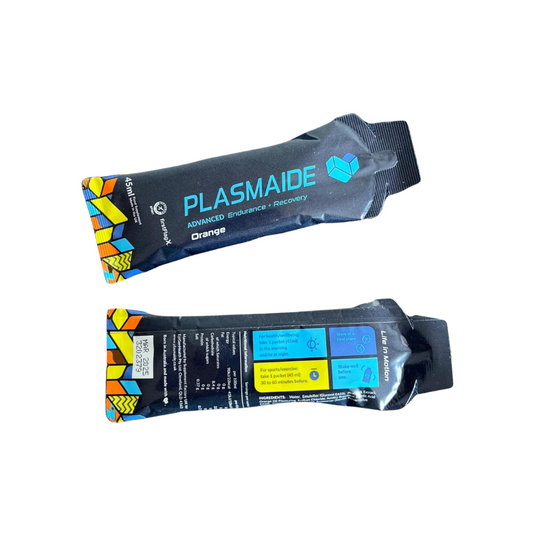Heat training most often comes to mind when we prepare to compete in hotter and/or more humid conditions. The heat causes your core temperature to rise faster than normal, and humidity will restrict your body’s ability to cool. In short, to perform at your highest level, it is necessary to acclimatize.
From a more general perspective, heat training is all about maintaining your level of performance as your core temperature rises (excluding external factors). An interesting fact is that even under normal conditions during a race, your core temperature will rise to high fever levels. In many cases, the core temperature of elite athletes will rise above 39o C during a race. As the core temperature rises above a critical threshold, performance starts to decrease. Critical thresholds that are individual to each athlete. It is easy to imagine that heat training can be beneficial under any circumstance.

To us, the most revealing work we have done with heat acclimatization was during preparations for the Tokyo 2021 Olympics. It was expected to be the hottest Olympics in history. Even more extreme than Beijing in 2008. Both the air and water temperatures were expected to rise above 30 o C and the relative humidity above 70%. To prepare, we had to figure out how our athletes would respond under those conditions. Which parameters would be critical, and how should we accurately measure them?

This is where we started collaborating with the CORE team. What intrigued us was how the CORE sensor take measurements. The CORE sensor is not your typical skin thermometer, instead it is equipped with a thermal energy transfer sensor. It measures the energy transfer from and to your body, that is Watts per square meters [W/m2]. An algorithm that calculates heat transfer through your body is then used to estimate your core temperature.
Here is an analogy to clarify how it works: Let’s say you want to measure the indoor temperature of your home with a sensor placed outside your window. The sensor measures how much energy that penetrates your window in either direction. To know the indoor temperature all you need to know is how well your window insulates. In this example it would of course be easier to place a thermometer indoors and get the measurements directly. However, that is not very convenient when measuring the core temperature of an athlete.

To begin with, we gathered a lot of data. We used the CORE sensor attached to various spots on the body and correlated the measurements with ingestible temperature pills. This correlation with millions of datapoints, is the most practical way to accurately determine the insulation coefficient of the athlete’s body. In turn, these datapoints was implemented in the CORE sensor algorithm to help make the core temperature estimates even more accurate and reliable.
In the long run, using non-invasive re-usable sensors like the CORE sensor is much more convenient and cost effective.
The CORE sensor has become a permanent source of data for our team. Not only during heat training block. Together with VO2 measurement, power and GPS we can continuously correlate core temperature increase with intensity and speed.



